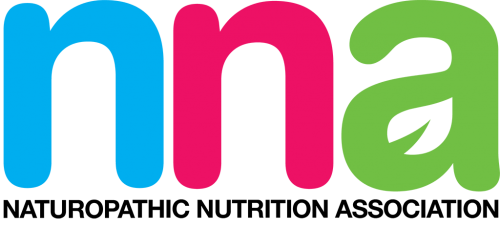
Review of Lamberts Webinar - Nutrient Focus: Cinnamon
Published to Latest News on Oct 25, 2021
This is a great webinar presented by Lorraine Nicolle. It was a reminder of one of the basic supplements that often get overlooked with the introduction of numerous products that are newer to the market.
The webinar covered a lot in the time, a quick back-story of the use of cinnamon as a culinary spice, the way in which it is harvested and ideas for increasing consumption in the diet.
A lovely idea for clients here was ‘healthy hot chocolate’ Simply hot coconut milk, cinnamon and a square of raw organic dark chocolate at the end. That sounds like a recipe that will have great compliancy!
There are two types of cinnamon, Cassia and Ceylon (sometimes referred to as ‘true cinnamon’) The clinical studies of cinnamon mostly use cassia so the webinar mainly focused on this, which was interesting as I was under the impression as the name suggests that it would have been Ceylon. Commercially available ground culinary cinnamon is usually a mixture of the two.
Lorraine talked us through the various therapeutic usages of cinnamon and offered further information on the slides.
Cinnamon contains approximately 127 identified phytochemicals, creating pleiotropic effects (many modes of action). The part I found most interesting was how our bodies absorb cinnamon leading to its modes of action – only 1-2% is absorbed in the small intestine, the rest feeds gut bacteria, thereby creating the chemicals and metabolites, which exert the health effects. So, if you use cinnamon with a client and do not see expected results you may need to look at the microbiome.
Although most studies are animal or lab models, this webinar focused on human trials, in order to provide the practitioner with documented positive outcomes for humans.
Cassia has been extensively studied for its effects upon blood glucose control, so Lorraine spoke thoroughly about dysglycemia, metabolic syndrome, PCOS and weight loss.
The mechanisms of action were very interesting and wide ranging, from an increase in insulin action and cells response to insulin, slowing glucose absorption, decreasing fasting blood glucose, decreasing cravings to an improvement in lipid profile. It also has the capability to works on a genetic level up or down regulating the genes involved and has shown an immediate effect after a single dose, making it a powerful choice. Interestingly it has also been shown to exert thermogenesis effects, increasing cold endurance by activating brown adipose tissues.
Further to the blood glucose effects Lorraine also covered various other conditions that cinnamon has been shown to benefit such as: gastrointestinal health, due to its role as a prebiotic, also antifungal effects and oral health.
She also touched on an exciting new area of study: neuroprotection, which has yet to gain as many studies supporting the use of cinnamon, but is very promising.
It was noted that some feedback Lamberts have received from practitioners was the request for more information about testing for clients – this was covered nicely in this webinar with various graphics and a few slides that Lorraine spoke to, which explain more of this. Lamberts are listening to what practitioners want and are incorporating that into their webinars.
The receipt of a recording alongside the slides, which are fully referenced, makes it easy to go over the information and further my knowledge of the studies mentioned.
Kiowa Reynolds
